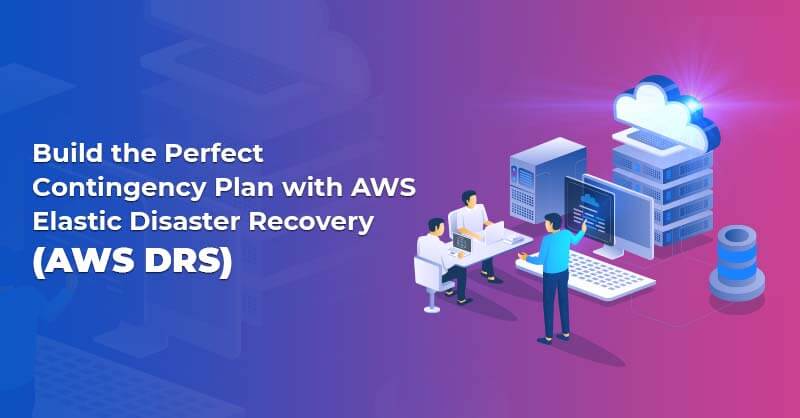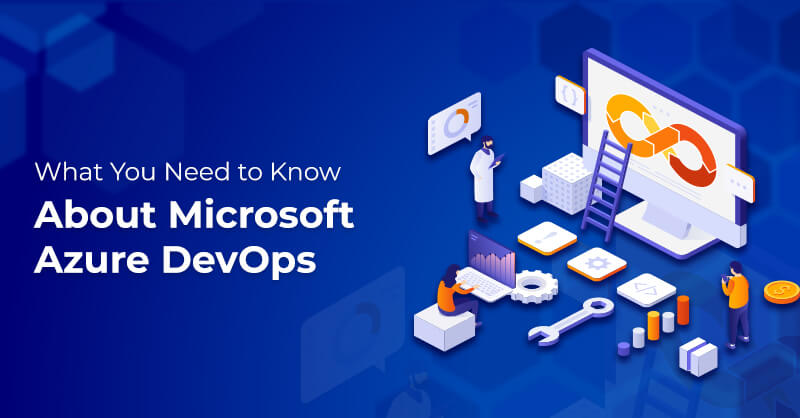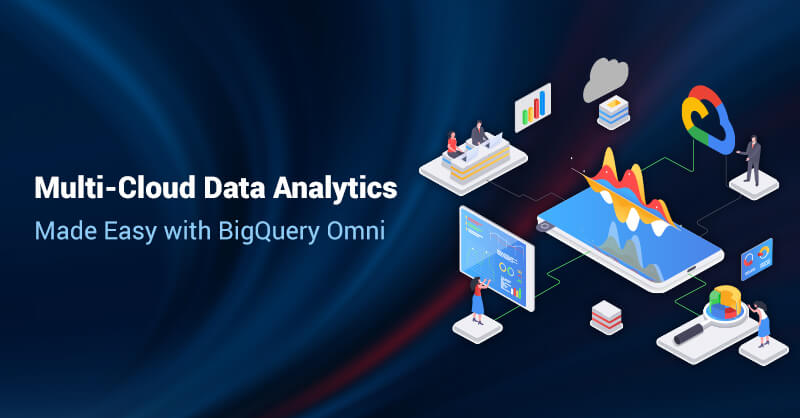Application Modernization with Google Cloud Anthos
Written by Priya George
Content WriterWhen enterprises aim to leverage the power of cloud computing, it is the migration and modernization of legacy applications that act as their primary focus. The “lift and shift” approach to application modernization is long outdated. Instead, companies now try to modernize legacy applications by moving applications away from virtualized environments, virtual machines (VMs), towards containers. The primary advantage containers have over VMs is that they require less compute and storage resources, reducing overall infrastructure costs. This task is made even easier with the help of managed Kubernetes service: Google Kubernetes Engine (GKE).
With the help of Migrate for Anthos and GKE, the path to modernizing applications has never been faster or easier. With the help of a unique automation approach, developers can extract critical application elements from virtual machines (VMs) to insert them within containers. According to the study by Forrester on the economic impact of Anthos, Migrate for Anthos increases the ease of application migration by 75%.
An Introduction to Migrate for Anthos
The concise definition of Migrate for Anthos is: “Migrate for Anthos eases the move of workloads from VMs to containers.” However, the implications of this service stretch beyond this capability. The VM can be running on any environment- GCP’s Compute Engine, AWS EC2 instance, or on-prem. Regardless of the migration source, Migrate for Anthos has a set of artifacts, including Kubernetes YAML or Docker, that can deploy and run the application on the GKE environment. With Migrate to Anthos, the “migrate” and “modernize” steps are brought together, the complexity of the manual “lift and shift” approach is eliminated. The advantages of Migrate to Anthos includes:
Access to modern security patches and upgrades
Leverage IaC configuration
Unified management and visibility of workloads
Access to modern upgrades, including CI/CD and Docker images and layers
When it comes to migrating workloads to containers, there is a sequence of steps that need to be carried out:
- Discovery Phase: Assessing the workloads to see if they can be successfully converted into containers.
- Migration Planning: Grouping workloads and determining how these groups should be migrated.
- Landing Zone Setup: Configure the GKE/Migrate for Anthos environment for the arriving containers.
- Migration & Deployment: Deploy and test the newly created containers.
- Operate & Optimize: Leverage the Anthos and GKE tools to manage and optimize the functioning of the new containers.
Architecting the Path to Migrate for Anthos
When it comes to the Migrate for Anthos architecture, there are four operational levels for the architectural components:
- Processing: The processing cluster allows developers to set up the Migrate for Anthos components which are uninstalled once the containers have been set up and migration is complete.
- Control: This involves configuring and managing migration sources and workflows. This level helps create an interface through which migration can carry out with ease.
- Execution: Workloads are expected to meet minimal requirements to run successfully on GKE or Anthos cluster. It is at this stage that VM-related or hardware-related services are disabled.
- Maintenance: At this level, the workload content and Docker file can be integrated into a CI/CD pipeline to ensure efficient maintenance.
For migrating workloads to the cloud, especially bringing data centres to Google Cloud Platform, it is highly recommended that the migration journey be broken into two distinct phases:
- Migrating all the workloads to Compute Engine.
- Migrating from VM instances within Compute Engine to Migrate for Anthos and GKE containers.
Creating two distinct phases to the migration journey will allow developers to select and modernize suitable workloads at the second stage.
We have detailed the several steps needed to migrate workloads from Compute Engine to Migrate for Anthos. Download the whitepaper to get the step-by-step breakdown of the process.
How can Royal Cyber help?
The Migrate for Anthos and GKE service eases migrating and modernizing VM workloads to container environments. However, several decisions and steps need to be considered while utilizing this service. Therefore, when enterprises modernize legacy applications, they should collaborate with technical experts who understand business needs. And as partners of Google Cloud Platform, we at Royal Cyber believe we have the right experts for your company with our GCP-certified experts.
When it comes to Anthos, we can provide a range of solutions besides migrating and modernizing enterprises’ legacy applications:
- Develop and manage microservices architecture.
- Architect Hybrid-cloud solutions for companies who wish to leverage more than one cloud platform. Read our whitepaper to learn how applications can be deployed across the multi-cloud with Anthos.
- Develop end-to-end solutions and provide managed services for companies that wish to have workloads across cloud platforms.
To learn more about us, contact us at [email protected] or visit us at www.royalcyber.com.



